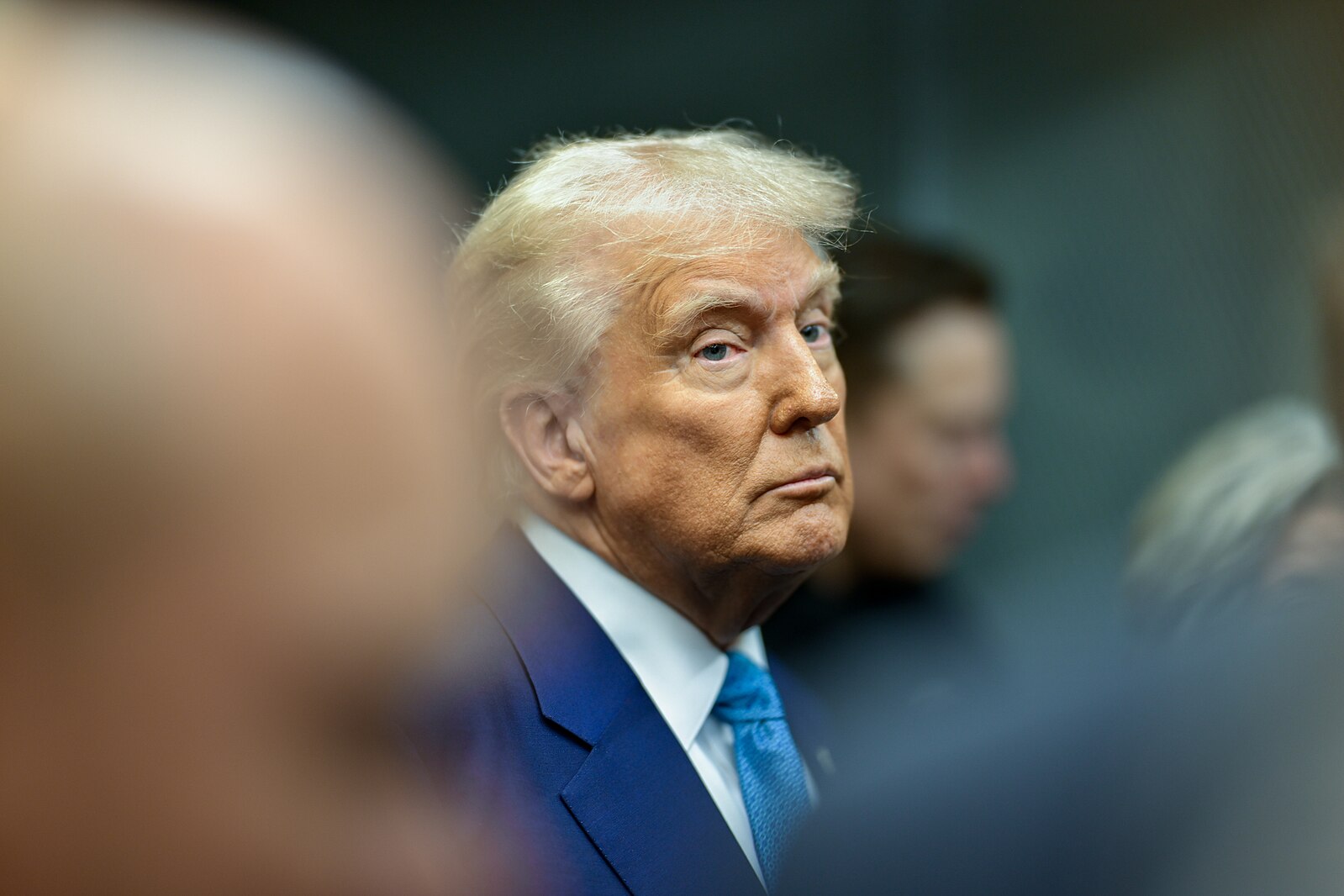Politics
Polling Trump 2025: How Do Americans Really Feel About His Second Term?
By Jake Beardslee · February 23, 2025
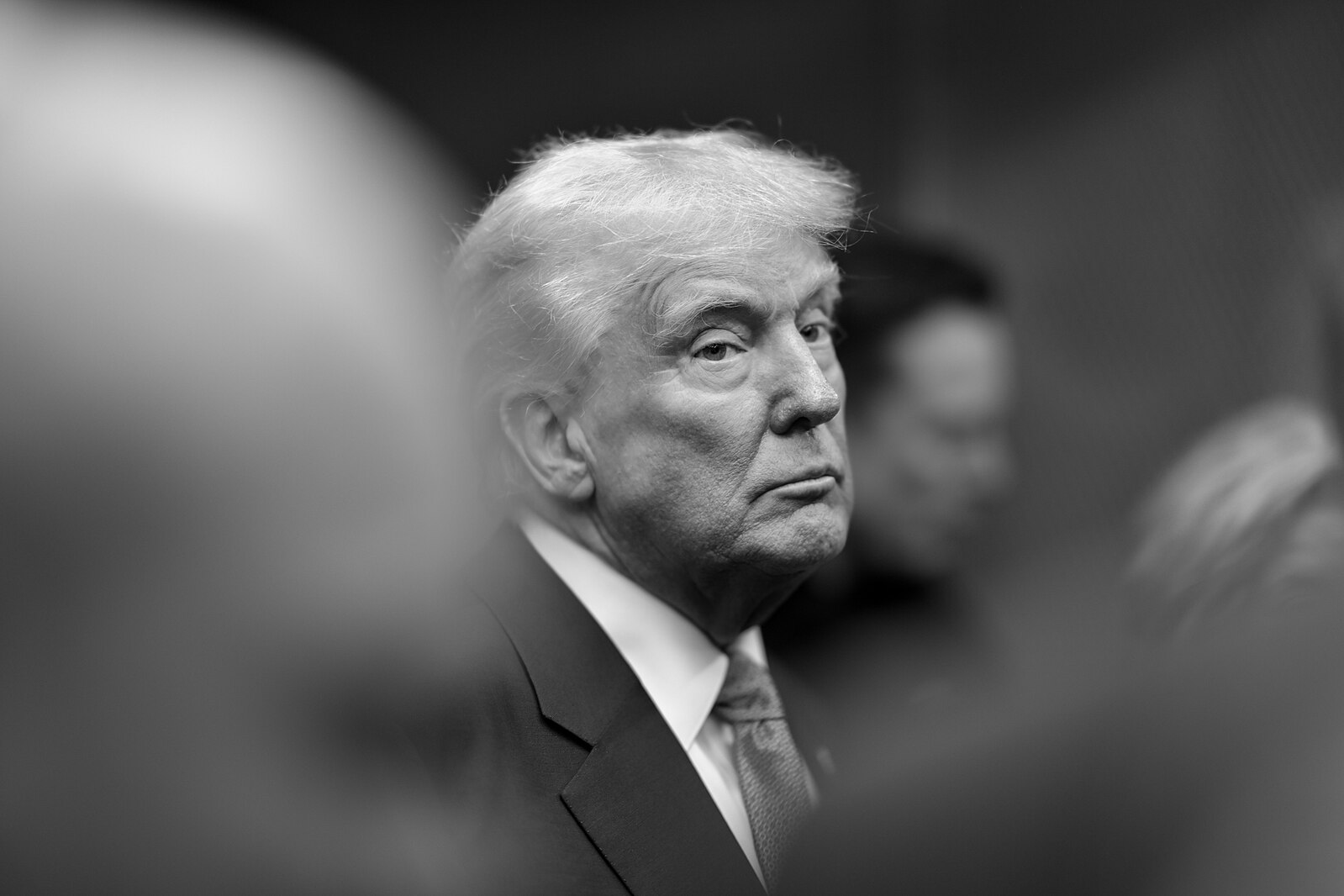
Polling Trump 2025: How Do Americans Really Feel About His Second Term?
President Donald Trump has begun his second term with an approval rating higher than at the start of his first term in 2017, yet his numbers remain comparatively low among U.S. presidents at this stage. Early polling indicates that more Americans approve than disapprove of Trump's job performance, but the gap between the two figures has steadily declined as more surveys emerge.According to polling aggregator FiveThirtyEight, Trump's net approval rating stood at approximately +7 points on January 27 but had shrunk to around +1.3 points by February 20. This makes his second-term approval one of the lowest among newly elected presidents since World War II, with the only lower rating being his own in 2017. The White House / Wikimedia
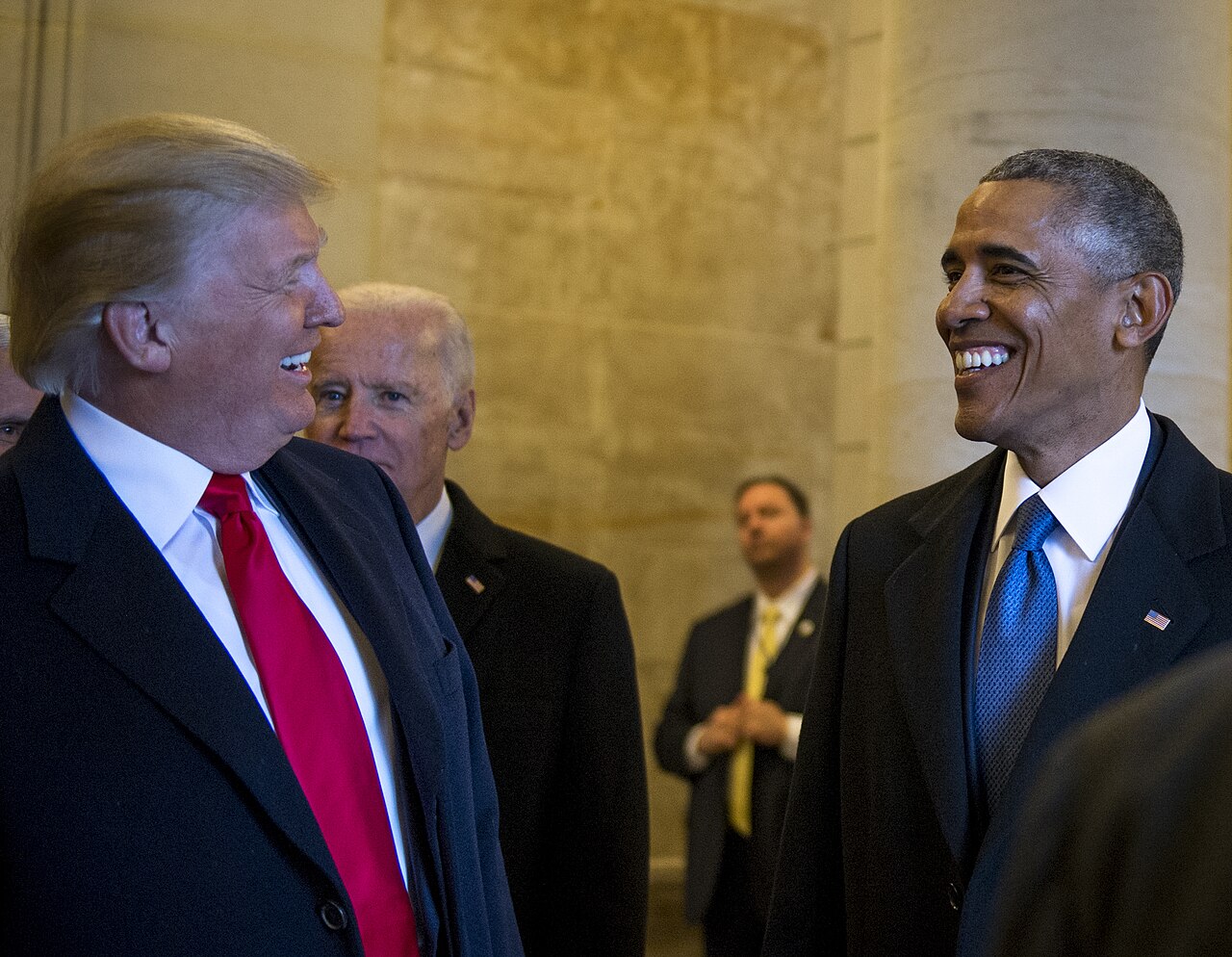
Comparing Trump’s Approval to Other Presidents
Analyzing historical polling trends, FiveThirtyEight reports that Trump’s net approval rating in his first term on January 27, 2017, was +3.2 points. In contrast, President Joe Biden began his tenure with a net approval of +21.8 points, while President Barack Obama enjoyed a staggering +46.9 points. Biden maintained a positive approval rating for his first month, though he ended his term with a net disapproval of 20 percentage points.Historically, U.S. presidents tend to start their terms with relatively high approval ratings, which typically decline over time. Trump’s early second-term ratings suggest that this trend might already be in motion for him. Staff Sgt. Marianique Santos / Wikimedia
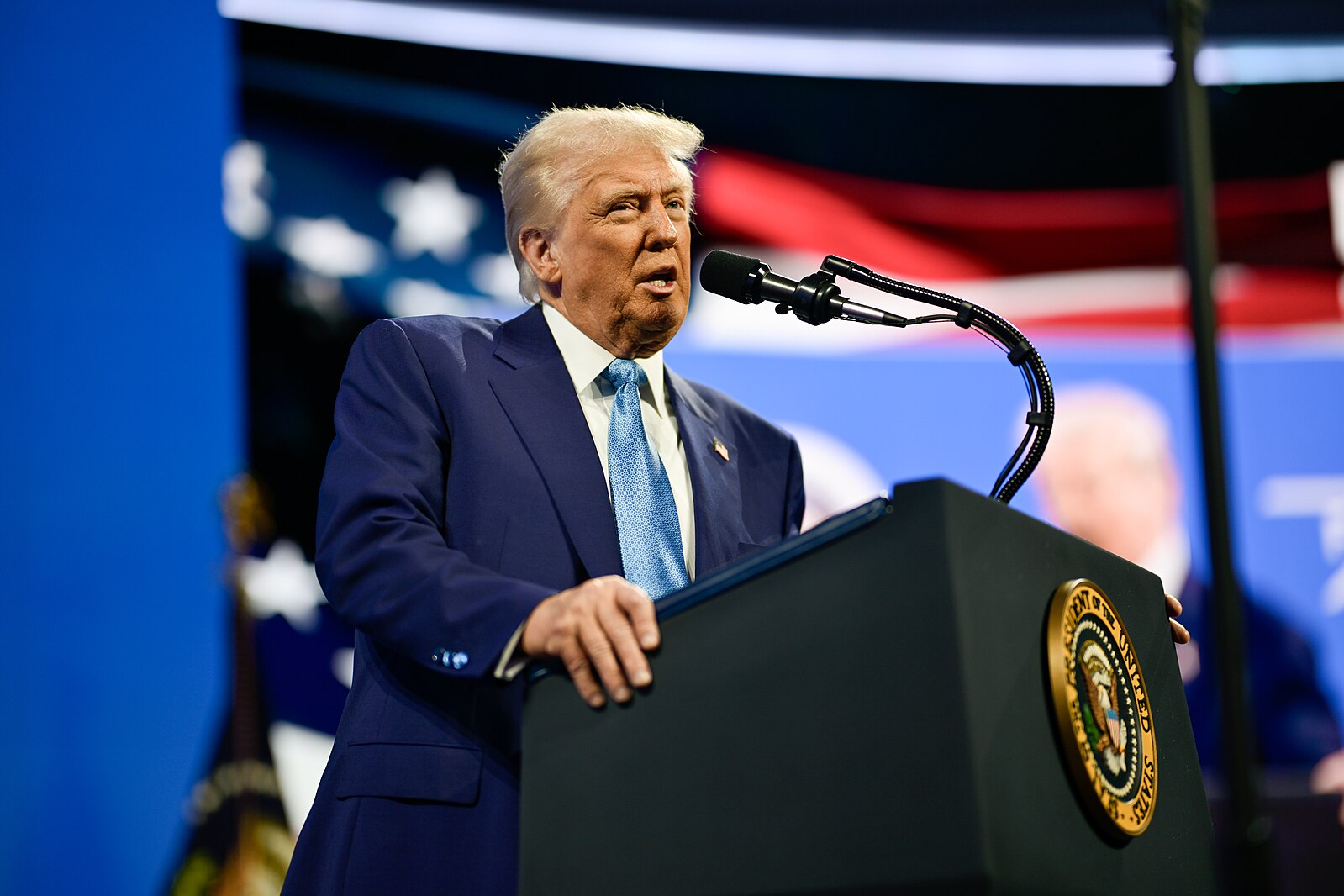
Public Perception and Polarization
Costas Panagopoulos, a political science professor at Northeastern University, believes that Americans are giving Trump "the benefit of the doubt" as he begins his second term, USA TODAY reported. However, he warns of "red flags" in the polling data, particularly concerning issues such as inflation and government spending. "It is important to recognize that the country remains divided and highly polarized, and that is being reflected in the approval ratings," Panagopoulos said. "I mean, his election turned on a dime, and his approval ratings can turn on a dime too." The White House / Wikimedia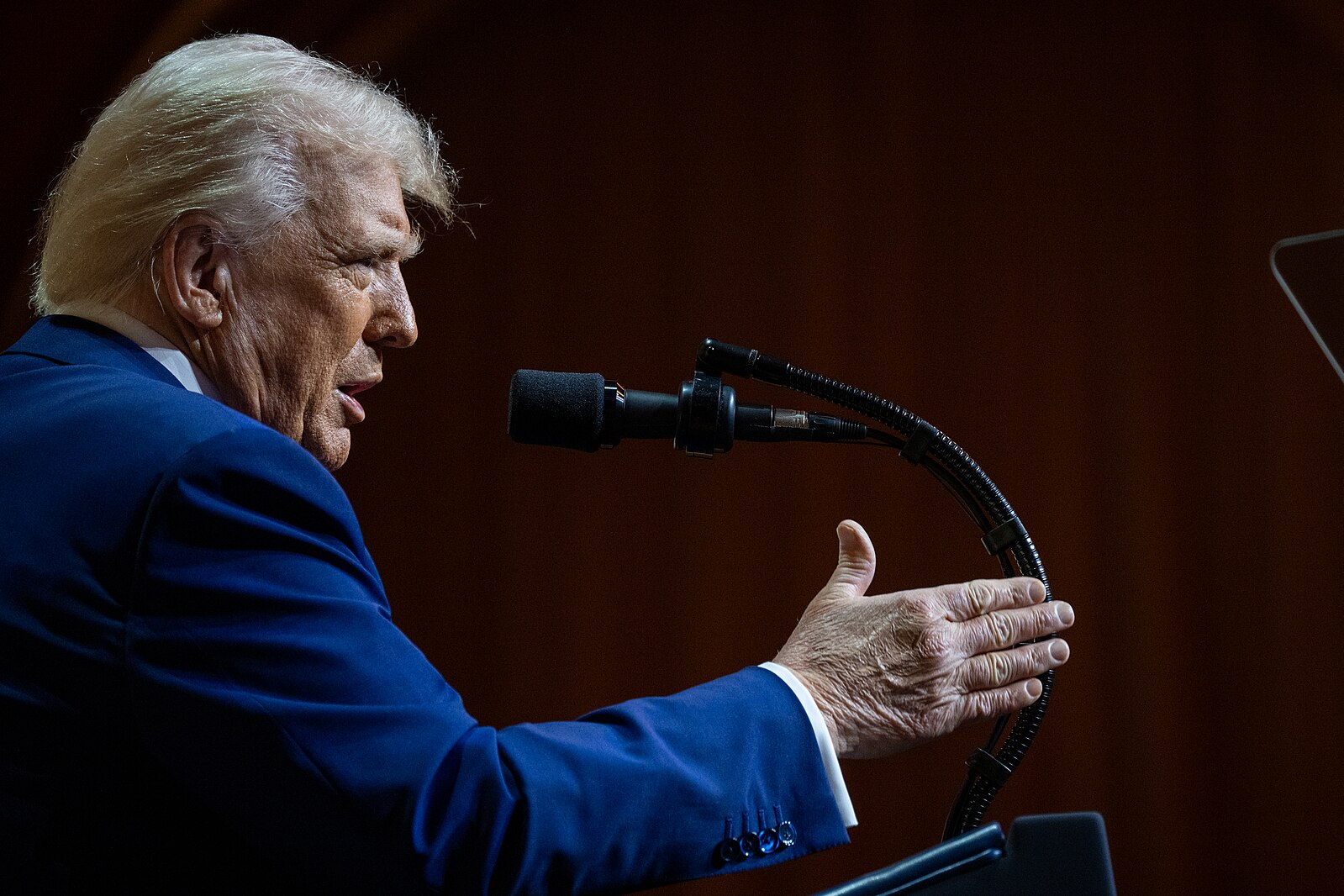
Washington Post/Ipsos
Washington Post/Ipsos found that Trump’s disapproval exceeded approval by 8 percentage points, with 57% believing he has overstepped his authority. The poll, conducted between February 13-18, included 2,601 adults and had a margin of error of ±2.1 percentage points. The White House / Wikimedia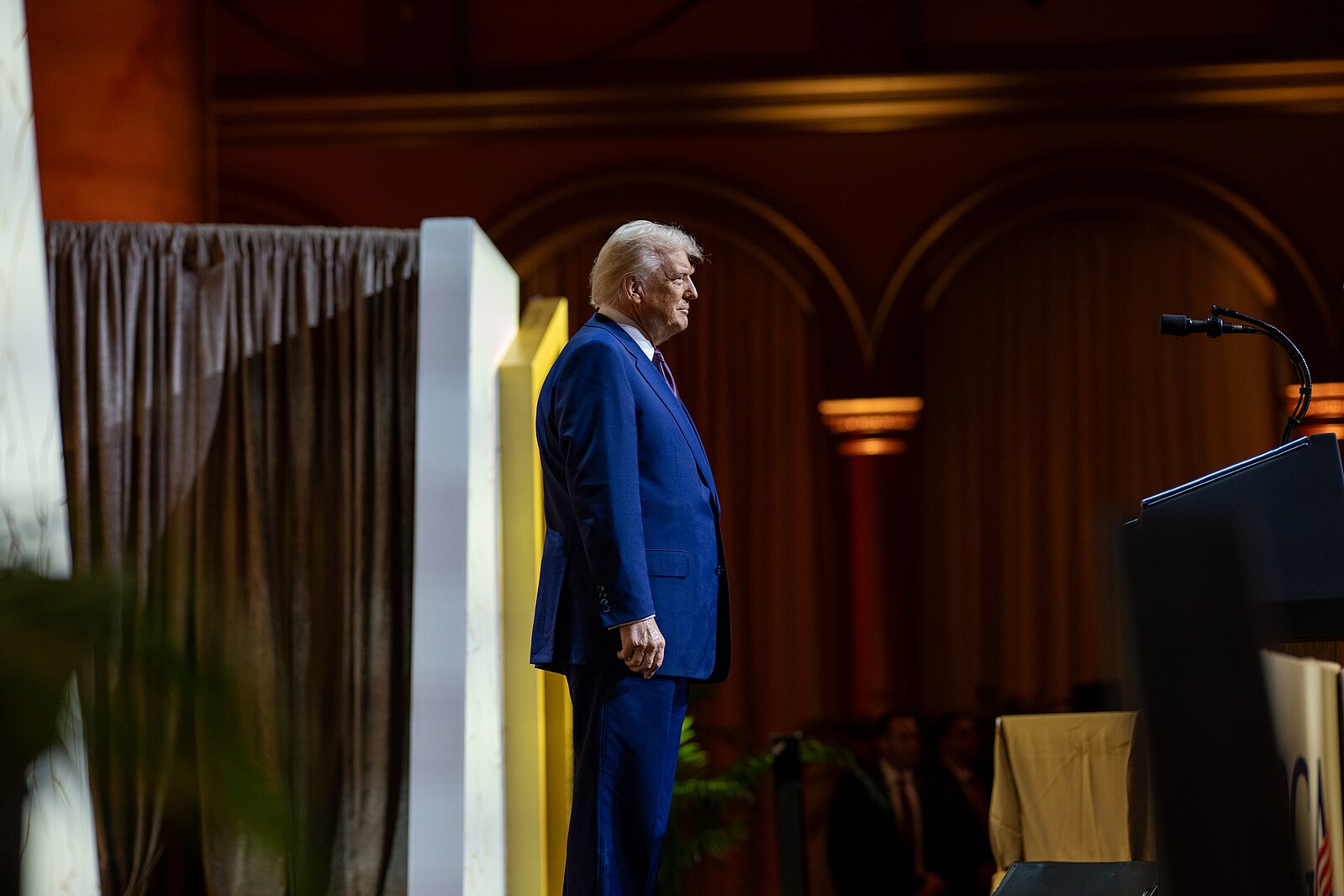
Gallup
Gallup recorded a 6-point net disapproval rating, highlighting sharp partisan divides. The poll, conducted from February 3-16 with 1,004 adult respondents, had a margin of error of ±4 percentage points. Gallup noted that the gap between Republican and Democratic approval for Trump was 89 percentage points, the highest measured for any president. The White House / Wikimedia
YouGov/The Economist
YouGov/The Economist showed Trump with a slight net positive approval of 3 percentage points. The survey, conducted from February 16-18 with 1,451 registered voters, had a margin of error of ±3.2 percentage points. Notably, 51% of respondents expressed concern that the U.S. is facing a constitutional crisis. The White House / Wikimedia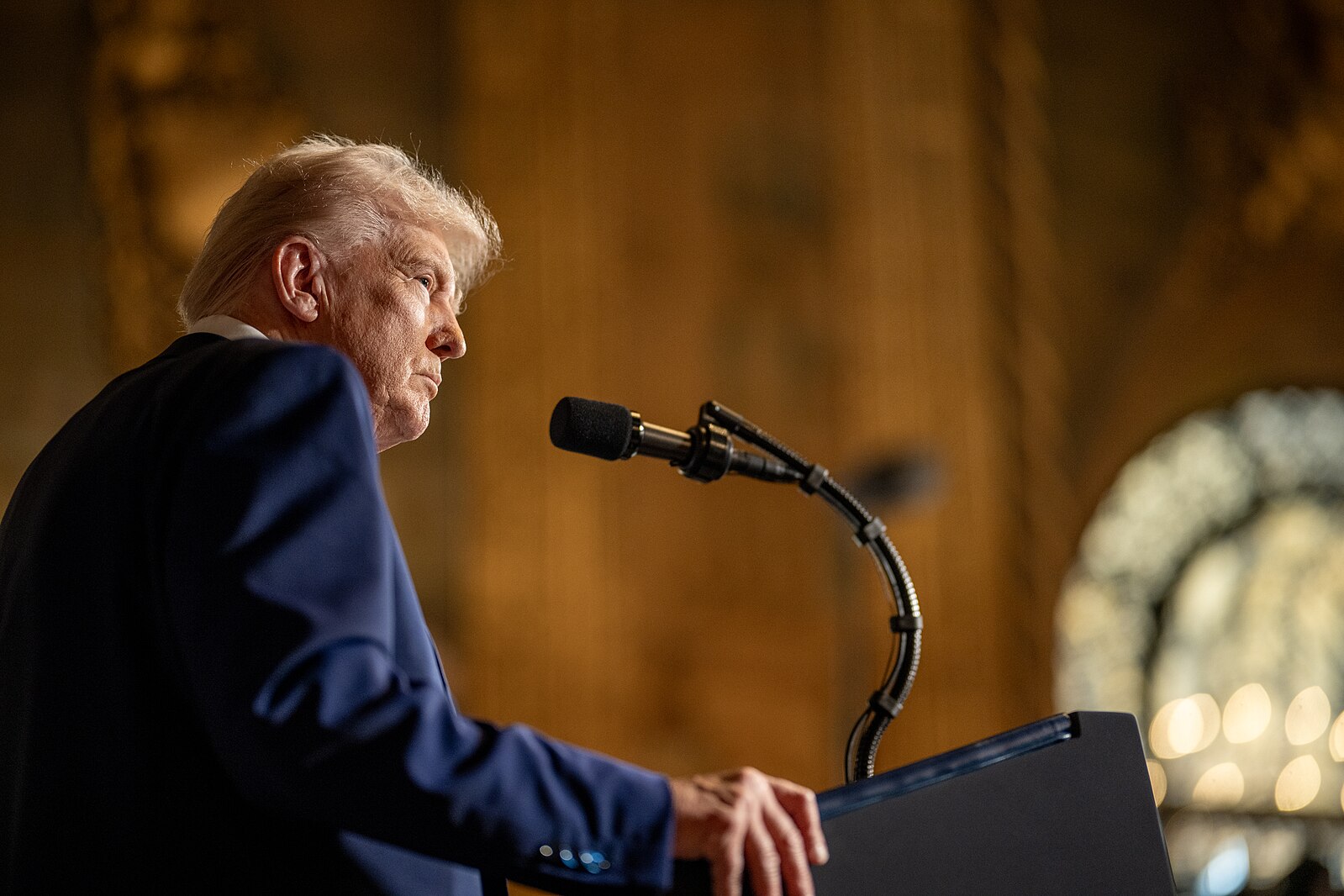
Morning Consult
Morning Consult reported that more respondents approved of Trump’s job performance by 3 percentage points. The poll, taken between February 14-16, surveyed 2,217 registered voters with a margin of error of ±2 percentage points. While Trump's numbers declined in the prior weeks, this poll indicated a stabilization similar to his first-term approval at the same stage. The White House / Wikimedia
Echelon Insights
Echelon Insights found that more Americans approved of Trump’s job performance, with a 52% to 46% margin. Conducted from February 10-13 with 1,010 likely voters, the poll had a margin of error of ±3.6 percentage points. Additionally, the survey revealed that voters disapproved of Elon Musk’s federal government role by 11 percentage points. The White House / Wikimedia